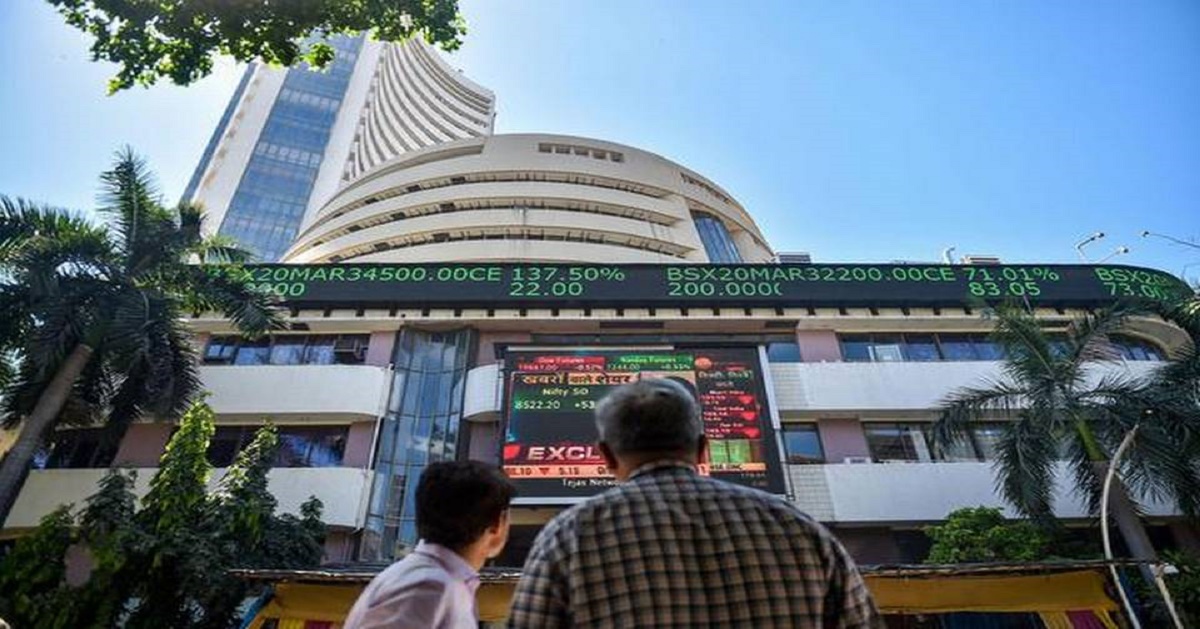If social media is of any significance, the public perception of the prospect of recovery of India’s COVID-hit economy moves between two extremes. Some are quick to ‘predict’ doomsday and some others only see the sun shining. The truth is hidden somewhere between the two, as was amply proved recently.
First, the government announced a 23.9 percent contraction of GDP in the June quarter. Next day, IHS Markit India PMI (purchasing managers’ index) reported growth in manufacturing in August. Services were still in contraction mode but the rate of contraction slowed down. Looking back neither was unexpected. According to the CIA World Factbook, 61.5 percent of India’s GDP was contributed by the services sector in 2016, followed by manufacturing 23 percent and agriculture 15.4 percent. The high share of services is a result of consumption-led growth of the past.
Market Positive
The comparative figures of China’s export-led economy are: services 51.6 percent, manufacturing 40.5 percent and agriculture 7.9 percent respectively. China has a low share of arable land but its manufacturing and services sector both are distinctly bigger as Chinese GDP is 2.5 times (2017) that of India.
COVID has hit economies worldwide. India is hit hard due to its gross overemphasis on the sector for income generation. The urban centers – contributing 55-60 percent of GDP - were practically closed in April and May. A deep cut in GDP numbers was, therefore, expected; as was reflected in apparent nonchalance of the stock market.
As on September 4, BSE benchmark index remained at the same level on a six-monthly scale. The index has recovered by roughly 50 percent or 13,000 points, since the announcement of lockdown in March. In retrospect, though Indian market is considered a little overheated, the recent developments failed to dampen the mood of investors. Beginning August 31, when GDP numbers were announced, the index was down by only 2.8 percent and the curve is not unidirectional.
Meanwhile good news started pouring in from many quarters. Maruti Suzuki, the country’s largest car maker reported nearly 22 percent growth in domestic sales in August. Record buying is also booked by the consumer electronic appliances segment.
Many Worries Ahead
Does this mean, Indian economy is out of the blue? Not at all. The microfinance sector which reported quick recovery in collections in June, failed to keep up with the pace in July. The August collection is somewhere around 60-65 percent.
This was due to erratic lockdowns imposed by desperate State governments as infection moved from bigger urban centers to smaller towns. With train services scheduled to reopen from September, there is every chance that infection will spread to semi urban and rural centres.
Microfinance is an important barometer of rural liquidity, particularly in the less developed Eastern and North Eastern India, and the industry expected to reach 90-95 percent collection mark before the six-month long moratorium on bank payments ended in August.
If the collections do not improve dramatically in September, the MFI sector will be in for trouble as banks will press for their share of payments (MFIs borrow from banks). The end sufferer will be small and marginal rural entrepreneurs – like carpenters, tailors, broomstick makers etc.
Changing Fundamentals
A bigger worry is awaiting for the manufacturing and services sector due to rapid change in fundamentals. On the one hand, the recent buying rush for consumer durables may be a result of pent-up demand and deep discounts by the trade to recover locked finances. Either way, the trend may not be sustainable. More importantly, the demand profile is changing.
August sales indicated demand for dishwashers, bigger TVs etc. Hair clippers are selling like hotcakes. Artificial intelligence driven house-cleaning robots are available between Rs 12,000 and Rs 25,000. Subscription of OTT platforms and demand for quality data connectivity has shot-up in recent months.
Quickly summarized- all these means, people are adjusting to a new lifestyle; and even after vaccines are available, there may be less number of visitors to barbershops, less demand for house maids, and lesser footfalls to multiplexes. The dramatic growth of e-commerce may impact brick and mortar outlets.
Change in demand profile will require adjustment in production lines, which is costly. Some production shops may suddenly become redundant. This, coupled with introduction of new disruptive technology, may throw monumental challenges to manufacturing.
The final pressure will be felt by the banking sector. The advent of disruptive solar technology already impacted the payback of coal-power. COVID-19 would widen the scope of such impact.
The play of new technology cannot be restricted, as it rides on investment, which is crucial for creating tomorrow’s industry. It means, Indian economy is staring at broad-spectrum restructuring, and loss of old generation jobs are foretold.
Geopolitical Shock
The extent of this restructuring doesn’t depend only on domestic fundamentals. India’s foreign secretary Harsh Vardhan Shringla recently described COVID-19 as a “geopolitical shock” that would have a “long-term impact” on world politics. Considering politics as the guiding force of economics and given the recent history of US-China tariff war or ban of Chinese apps by India or relocation drive of Japanese industries from China; the prevailing global trade and investment framework may face serious uncertainty, impacting business.
To cut the long story short, the journey of global, as well as Indian economy, will remain uncertain in the immediate future due to internal as well as external reasons.
Considering its prevailing weaknesses - like trade deficit or low value addition – and the vast working age population, Indian economy is staring at a wider set of challenges. How quickly we negotiate with these challenges, will depend on our ability to restructure quickly, which is never easy for a large democracy.
There is no way we can expect a secular trend in growth in the interim period. Yes, growth may rebound in the fourth quarter of this fiscal, as anticipated, riding on huge government spend in infrastructure and unlocking the economy. But, monetization of deficits, if it happens, may see inflation numbers soaring.
FAU-G (the new made-in-India gaming app) may erase memories of PUBG. Manufacturing may get a new lease of life. But, unemployment numbers may remain high due to dual impact of technology and restructuring of activities.
In all fairness, Indian economy may take a few years before it stabilizes and the restructuring may be as painful, if not more, as we witnessed in 1991 during liberalisation. There is no way to escape this eventuality.
(The paper is the author’s individual scholastic articulation. The author certifies that the article/paper is original in content, unpublished and it has not been submitted for publication/web upload elsewhere, and that the facts and figures quoted are duly referenced, as needed, and are believed to be correct). (The paper does not necessarily represent the organisational stance... More >>
Image Source: https://th.thgim.com/business/markets/g5rdhi/article32239841.ece/ALTERNATES/FREE_960/PTI19-03-2020000162B











Post new comment